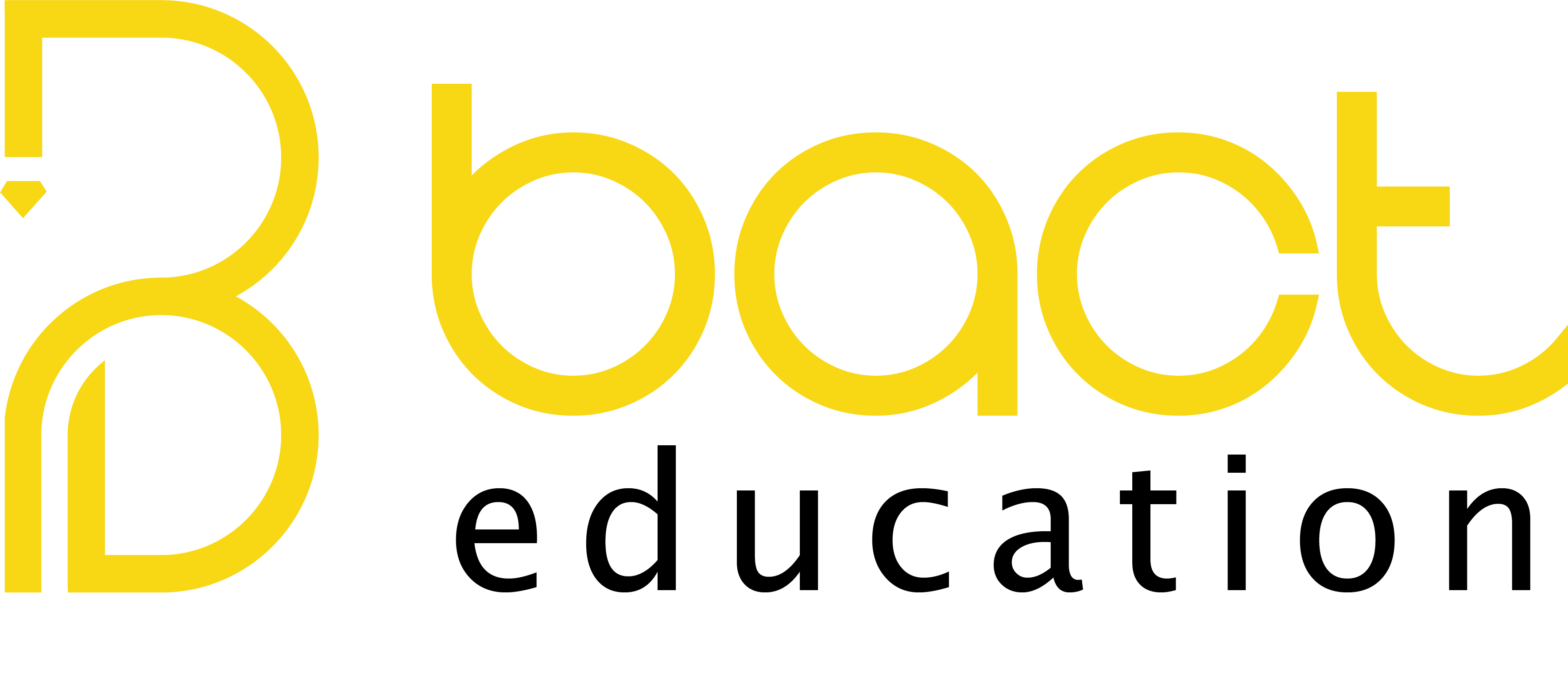The Difference Between Communicative Language Teaching (CLT) and the Communicative Approach
Here is a set of communicative activities such as role-playing, guided conversations, open discussions, personal interviews, jigsaw activities, storytelling, and more. These activities are considered communicative because they fall under the Communicative Approach in general, but not necessarily under Communicative Language Teaching (CLT) specifically. CLT is just one of the methods that emerged from the broader Communicative Approach, which includes multiple methodologies, all of which emphasize the use of language in natural situations to achieve communicative goals.
When examining Communicative Language Teaching (CLT), we find that it has evolved since the 1970s to become one of the most widely used methods in language teaching. It focuses on communicative competence rather than merely teaching linguistic rules. CLT includes two versions:
-
The Strong Version (Strong CLT):
This version relies entirely on communication without explicitly teaching grammar. Over time, it evolved into what is known as Task-Based Language Teaching (TBLT).
-
The Weak Version (Weak CLT):

